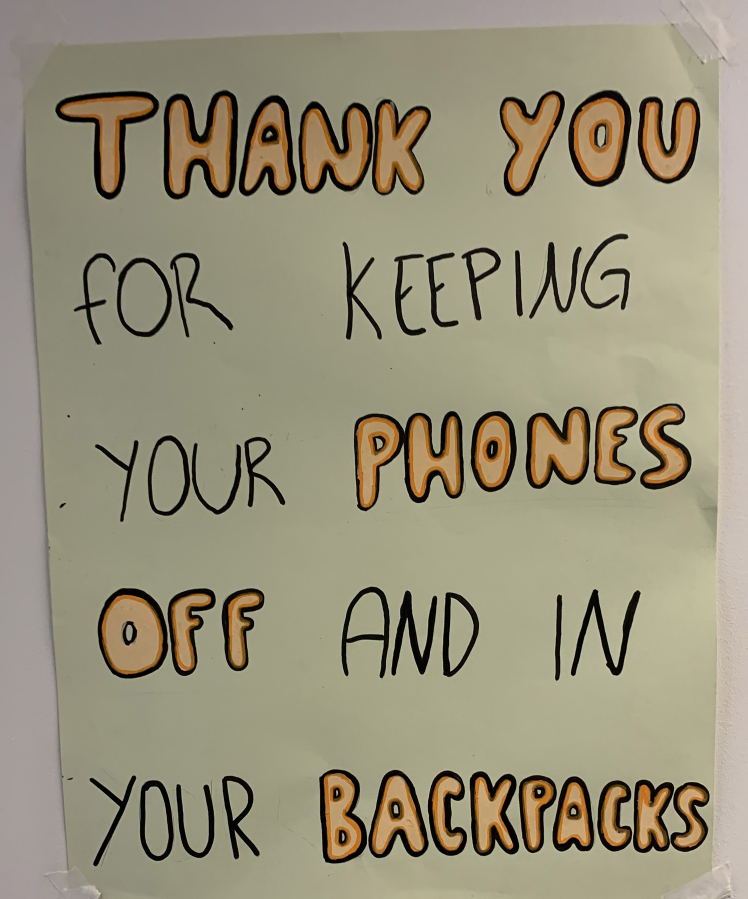Washougal School District (WSD) leaders say they will focus on enforcing the district’s existing cell-phone policy rather than make any sudden changes, such as banning students from having cell phones available to them during the school day.
The Washougal School Board “is still gathering information” about the use of cell phones in school buildings and has not made “an active proposal to make a change,” according to Les Brown, the district’s director of communications and technology.
“I expect that the board will continue this discussion in the next few board meetings, with a goal of hearing from school staff and students, as well, before they make any changes to the policy,” WSD Interim Superintendent Aaron Hansen said. “Input from all stakeholders will help ensure that any policy adjustments reflect the needs of our community and support a positive learning environment. We are committed to a thorough and thoughtful review process before making any decisions.”
During the Washougal School Board’s Aug. 27 meeting, Board member Jim Cooper called for a workshop to discuss WSD policy 3245, which states that “telecommunications devices will be turned on and operated only before and after the regular school day and during the student’s lunch break, unless an emergency situation exists that involves imminent physical danger or a school administrator authorizes the student to use the device.”
“Research is coming out more and more on how impactful distractions are in the learning process, and how (phones are) having not only a social emotional impact on kids, but an academic impact,” Cooper said. “We could wait until the state passes a law or give us guidance, or we could lead. Our kids are the ones that are important to me, and I think it’s worth having an agenda discussion.”





